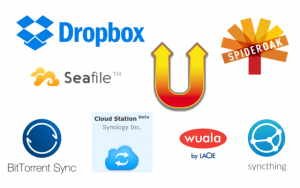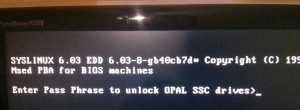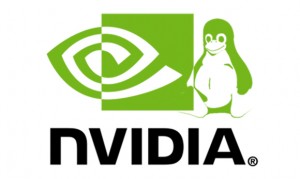gunicorn as your Django development server
Usually when I’m working on a Django project, I use the built-in runserver command. For deployment, we mostly use nginx and uwsgi in front of Django.
However, for a new side project I needed a local Django setup with a faster debug server. To keep things simple, I was looking for a pure Python solution that could serve static files, and did automatic reloading on source change, just like runserver.



